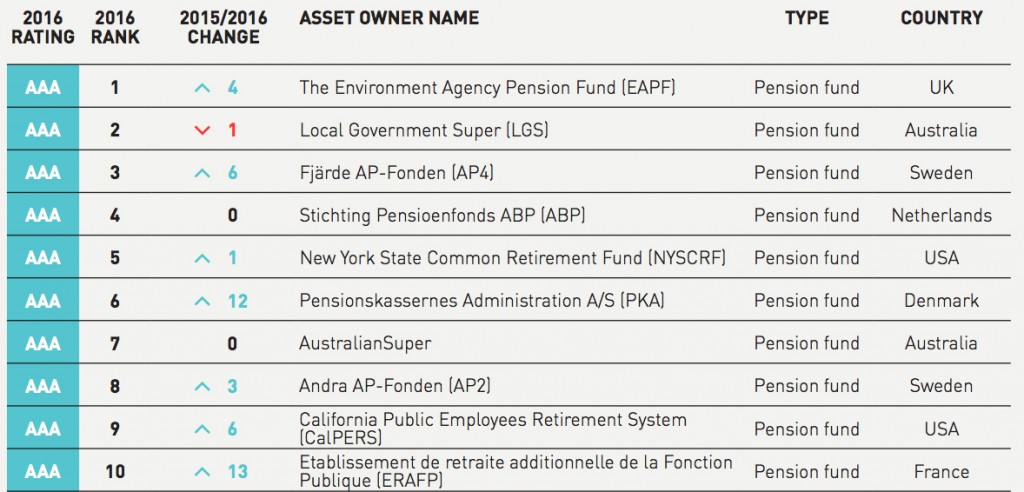The Central States Pension Fund may cut its members’ benefits this month under rules brought forth by the Multiemployer Pension Reform Act (MPRA) of 2014.
The Act allows multiemployer pension plans to voluntarily cut their members’ benefits to improve solvency.
A new bill, introduced by Senate Democrats last week, adds a Yankee Wrinkle to the whole situation: it proposes that if a plan aims to cut its members’ benefits, the plan’s executives should also have their pay frozen.
More from the Hill:
A group of Democratic senators want to see pension executives suffer a pay cut if the plans they monitor cut benefits.
A new bill unveiled Tuesday takes square aim at executives of pension plans that are considering cutting benefits, as lawmakers want to ensure that top officials feel some of the resulting pain as well.
The cuts would impact hundreds of thousands of union workers, but the senators contend that top executives should have some skin in the game too. In a press release announcing the bill, the senators noted that the fund’s top executive made nearly $700,000 in 2014 and that the fund has also hired lobbyists to help make its case in Washington.
[…]
Under the new bill, pension fund executives would face a cut in their pay proportional to the steepest benefit cuts any retiree would face under their pension plans. Furthermore, no executives would receive a bonus while benefit cuts are in place, and pension plans seeking benefit cuts would be barred from spending money on lobbyists.
“Fund assets shouldn’t be spent on excessive salaries and compensation for Washington lobbyists while critical retirement benefits for ordinary folks are slashed,” added Sen. Claire McCaskill (D-Mo.), another sponsor. “That’s basic fairness, and it’s appalling that executives would give themselves a pat on the back and a bonus while hurting retirees.”
The bill – which sits in a Senate controlled by Republican lawmakers – is unlikely to go very far. But lawmakers from both parties are interested in limiting the pain of the multi-employer pension cuts.

